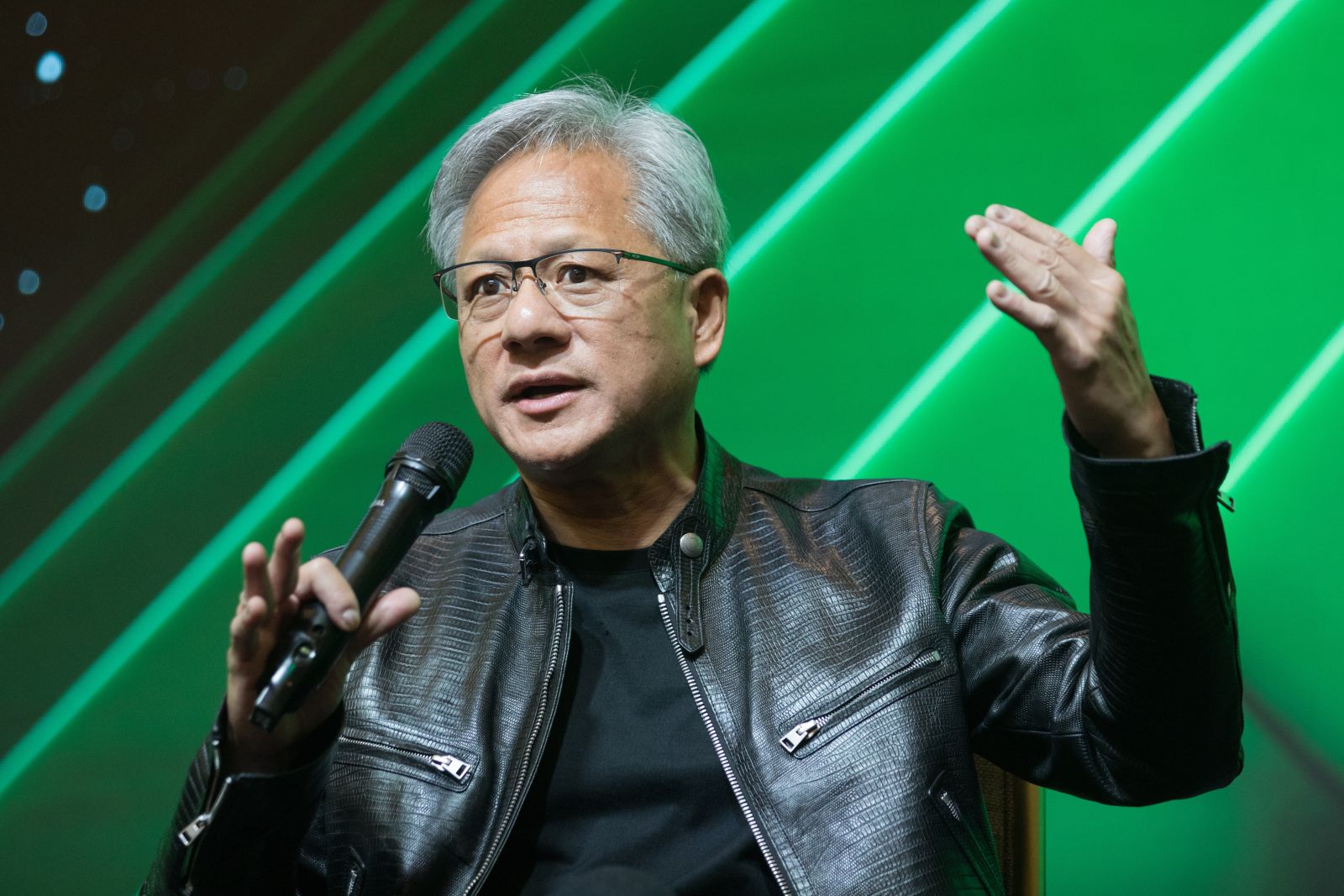Car sales edged up slightly in the first two months of 2025, aided by government subsidies and a growing appetite for electric vehicles (EVs). The world’s largest auto market is experiencing fierce competition, with price wars and evolving consumer preferences reshaping the industry.
Per China Passenger Car Association (CPCA), car sales in the country increased by just 1.3% in the first two months of 2025 compared with the same period last year. While this might seem unimpressive, February saw a strong rebound. Passenger vehicle sales surged 26.1% year over year to 1.41 million units, making up for a weak January, which saw a 12% decline. The drop in January was largely due to the timing of the Lunar New Year holiday, which disrupted production and sales.
One major factor helping the market regain momentum is the government’s aggressive subsidy program. These incentives, offered at both central and local levels, are expected to benefit 15 million vehicles in 2025. Last year, 6.8 million vehicle owners took advantage of similar subsidies, with over 60% choosing to exchange old cars for EVs or plug-in hybrids. This year, with even more funding allocated to support new energy vehicles (NEVs), EV adoption is expected to climb further.
NEV Sales Jump in February, BYD Leads
NEVs, which include battery electric vehicles (BEVs) and plug-in hybrids (PHEVs), made up 48.8% of total car sales in February, jumping 79.7% year over year.
BYD Co Ltd BYDDY continues to dominate the EV market. The company sold 205,711 NEVs in February, up 73.2% from a year earlier, capturing a commanding 29.2% market share.
Geely Automobile GELYY saw massive growth, with NEV sales surging 197.5% to 93,309 units. The company secured the second spot in China’s NEV market with a 13.2% share.
U.S. EV behemoth Tesla TSLA, on the other hand, is struggling to keep up, with just 3.8% market share in China. Its China sales fell to 26,777 units, down 11.2% year over year, as local brands ramp up competition. Tesla’s challenges in China go beyond sales. The company exported only 3,911 China-made EVs in February, an 87.1% drop from last year. In an attempt to stay competitive, Tesla recently updated its autopilot software in China, enabling city navigation. However, with more Chinese automakers offering advanced driving assistance features at no extra cost, Tesla faces an uphill battle.
Xiaomi, a newcomer in the EV space, made a splash by selling 23,728 units last month, nearly matching Tesla’s numbers and securing a 3.4% market share. XPeng and LiAuto captured 4% and 3.7% share, with 30,453 and 26,263 units, respectively.
Pricing Battle Among EV Makers
The price war among smart EV makers is reaching new heights. BYD’s cheapest model, the Seagull, starts at under $10,000. Now, the Seagull is getting an upgrade with advanced driving features, making it an even more attractive option for budget-conscious buyers. BYD has also equipped its hot-selling Ocean and Dynasty models with advanced driving assistance systems for free.
This forced rivals like Geely and Stellantis STLA-backed Leapmotor to follow suit, offering similar high-tech features without extra charges. Even Toyota, which has been losing market share in China, jumped into the game. The Japanese automaker recently launched a $20,000 smart EV in China, hoping to lure back customers with advanced features at an affordable price.
Meanwhile, Leapmotor’s latest model, the B10 electric SUV (with a starting price of $15,000), generated significant buzz. It received over 31,000 pre-orders within 48 hours of its launch, signaling strong demand for budget-friendly smart EVs. Notably, STLA has a 51% stake in Leapmotor.
What’s Next for China’s Auto Market?
March is expected to be a strong month for the auto industry. With 21 working days and factories returning to full capacity after the Lunar New Year, production and sales are set to rise sharply, per CPCA. This period is also crucial for new car launches, and many automakers are rolling out fresh models to attract buyers.
Government incentives will continue to play a crucial role in driving sales. In 2025, the total value of auto-related subsidies and incentives is expected to exceed 400 billion yuan, providing a major boost to the market. The expansion of scrappage policies could lead to 5 million old cars being replaced, further fueling demand.According to the CPCA, NEV production and sales are projected to reach around 16 million units this year, surpassing the 12 million recorded in 2024.
China’s auto market is evolving at a rapid pace. Government subsidies are fueling demand, EV adoption is surging, and price wars are making smart EVs more accessible than ever. But with competition intensifying, automakers will need to keep innovating to stay ahead in the race.
Zacks' Research Chief Names "Stock Most Likely to Double"
Our team of experts has just released the 5 stocks with the greatest probability of gaining +100% or more in the coming months. Of those 5, Director of Research Sheraz Mian highlights the one stock set to climb highest.
This top pick is among the most innovative financial firms. With a fast-growing customer base (already 50+ million) and a diverse set of cutting edge solutions, this stock is poised for big gains. Of course, all our elite picks aren’t winners but this one could far surpass earlier Zacks’ Stocks Set to Double like Nano-X Imaging which shot up +129.6% in little more than 9 months.
Free: See Our Top Stock And 4 Runners UpWant the latest recommendations from Zacks Investment Research? Today, you can download 7 Best Stocks for the Next 30 Days. Click to get this free report
Tesla, Inc. (TSLA): Free Stock Analysis Report
Geely Automobile Holdings Ltd. (GELYY): Free Stock Analysis Report
Byd Co., Ltd. (BYDDY): Free Stock Analysis Report
Stellantis N.V. (STLA): Free Stock Analysis Report
This article originally published on Zacks Investment Research (zacks.com).




/Tesla%20Inc%20tesla%20by-%20Iv-olga%20via%20Shutterstock(1).jpg)
/Chipotle%20Mexican%20Grill%20lunch%20by-%20dennizn%20via%20Shutterstock.jpg)
/Stickers%20with%20AMD%20Radeon%20and%20Nvidia%20GeForce%20RTX%20graphics%20on%20new%20laptop%20computer%20by%20Piotr%20Swat%20via%20Shutterstock.jpg)
